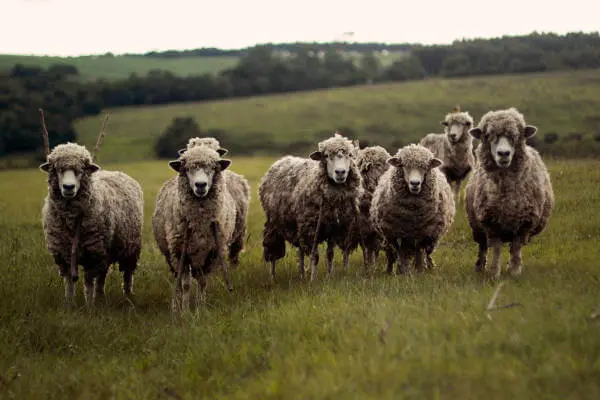Rana
A domestic mix of a reindeer and horse.
Cervidae
Rana coats come in different shades of red, brown, and sometimes black. Like some other deer, when rana are young they have light brown coats with white spots.
Rana when born are about the size of a horse foal, and can grow into the size of small to medium size horses, so about 12 to 15 hands
Rana weigh less than a horse, which gives them the advantage in the frozen mud-lands they are native to.
Rana have horns, and like regular reindeer, both male and females have horns.
Domestic rana vs wild rana don't have too many differences, however domestic rana have a traditionally calm nature.
Rana have horns that grow nearly grow right after being born.
Rana can move up to 40 miles per hour in the wild, and 30 miles tops with a rider. Rana are know for there resilience and the ability to walk for a long time without stopping, though they can't run for a long them.
Rana make a keening sound, which often sounds like a long high pitched call. They also make a barking sound when alarmed or during mating season.
Meat, fur, horns, hooves, and teeth.
The rana is native to the northern mudlands of Cullen and Theostan, in the Vatish northern clan lands
Rana eat the long wild grasses that grow underneath the Abor Mountains in the mudlands.
Wild rana migrate around the lands of lower Abor mountains, and in the summer into the Abor mountains.
Wolves, bear-cats, and wild cats are the main predators of the rana.
Reindeer and elk are the closet relatives to the rana.
Rana in northern Vatish clans are seen as a symbol of the earth and nature, and represent strength and willpower.
This creature was created by Elowyz Jensen on Notebook.ai.
See more from Elowyz JensenCreate your own universe
